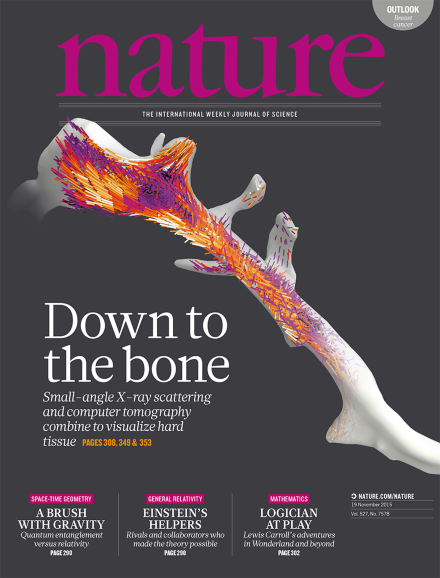Volume 527 Issue 7578, 19 November 2015
Editorial
World View
Research Highlights
Social Selection
Seven Days
News
Correction
News
News Feature
Comment
Books & Arts
Correspondence
Obituary
News & Views
Article
Letter
Corrigendum
Erratum
Corrigendum
Feature
-
Lab transitions: The bumpy road to relocation
Career Guide:

